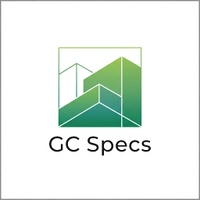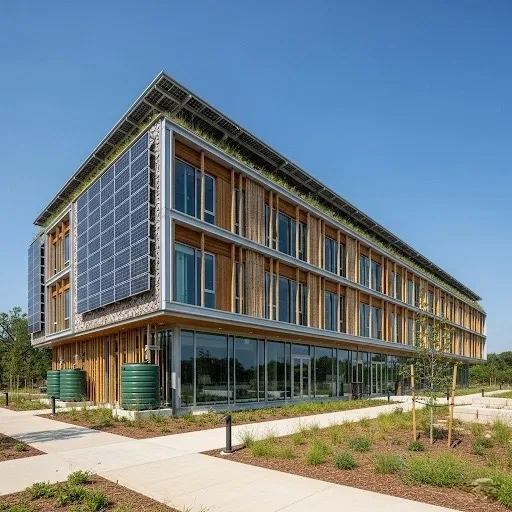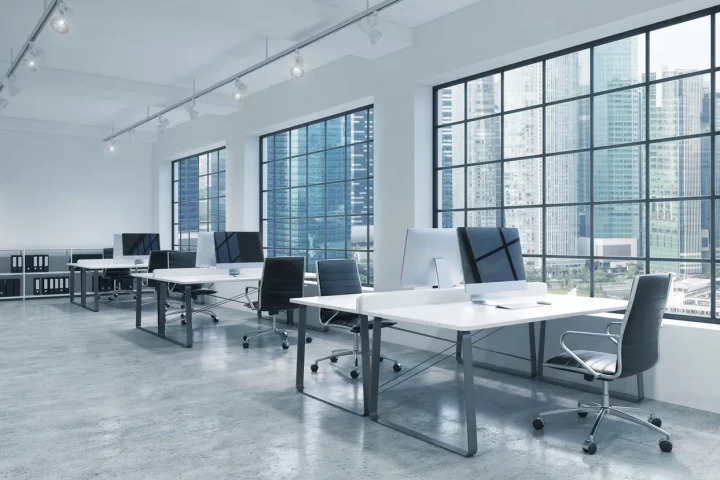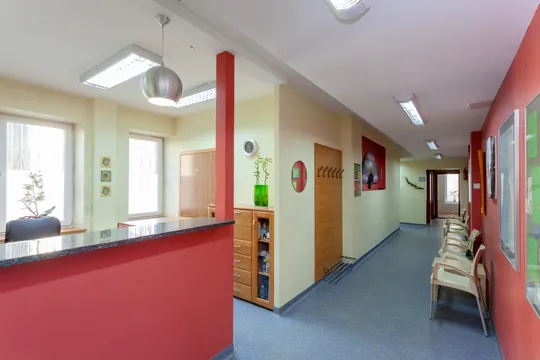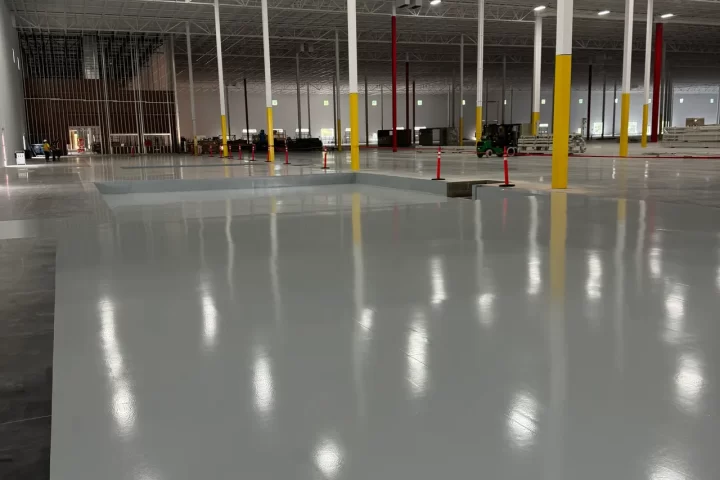Contributed by: GC Specs
The green building movement has reached a pivotal moment with the recent launch of LEED v5 by the U.S. Green Building Council (USGBC). Unveiled on April 28, 2025, this latest iteration of the globally recognized Leadership in Energy and Environmental Design (LEED) certification program is far more than just an update; it’s a profound evolution designed to meet the urgent environmental and social challenges of our time.
For over 25 years, LEED has driven significant progress in sustainable construction, transforming the way we design, build, and operate buildings. LEED v5 builds on this legacy by raising the bar, offering a more ambitious and holistic framework that directly addresses climate action, human well-being, ecological health, and social equity.
The Four Pillars of Progress: What’s New in LEED v5?
LEED v5 is structured around four foundational pillars that define its ambitious goals and performance areas:
- Decarbonization: This is arguably the most significant shift. Recognizing the urgency of the climate crisis, LEED v5 places rapid decarbonization at its core, with approximately half of the total certification points dedicated to this impact area. It addresses both operational carbon (from energy use) and embodied carbon (from materials and construction). New prerequisites require projects to track and assess embodied carbon, and strategies like electrification and the use of low-carbon materials are strongly encouraged.
- Quality of Life: Beyond environmental performance, LEED v5 significantly deepens its commitment to human health and well-being. This pillar emphasizes creating environments that are truly healthy and uplifting for occupants. Expect a greater focus on indoor air quality, daylight access, thermal comfort, acoustics, and even the mental health benefits of biophilic design.
- Ecological Conservation and Restoration: LEED v5 promotes a built environment that coexists harmoniously with nature. This pillar focuses on minimizing site disruption, preserving ecosystems, enhancing biodiversity through native vegetation, and implementing efficient water management strategies.
- Equity: A groundbreaking addition, equity is woven throughout the entire LEED v5 rating system, moving beyond standalone points. New prerequisites, such as the “Social Impact Assessment,” encourage projects to analyze and prioritize community well-being, inclusivity, and diversity. This reflects a growing understanding that true sustainability must be socially just.
Key Changes and What They Mean for the Industry
- Carbon at the Forefront: The intense focus on decarbonization means building teams will need to meticulously track and reduce carbon emissions across the entire project lifecycle. This includes operational energy, refrigerant management, and the embodied carbon of materials from production to disposal.
- Integrated Approach to Health: Occupant health and well-being are no longer an afterthought but an integral part of sustainable design. This will lead to more attention on material transparency, robust ventilation systems, and design elements that foster comfort and productivity.
- Social Responsibility Embedded: The emphasis on equity pushes project teams to consider the broader social impact of their buildings, engaging with local communities and striving for equitable access to resources and benefits.
- Resilience is Key: LEED v5 encourages adaptive and resilient built environments, preparing buildings to withstand and recover from the impacts of climate change and other disruptions.
- Streamlined and Accessible: While more ambitious, the USGBC has also worked to simplify certain aspects and introduce prescriptive paths, aiming to make LEED v5 more accessible to a wider range of projects.
- Five-Year Development Cycle: The program is moving to a new five-year development cycle, ensuring that LEED remains current and responsive to the evolving landscape of sustainable building.
The Impact of LEED v5
LEED v5 is poised to accelerate the transition to a near-zero carbon reality while fostering more equitable and resilient communities. It provides clear pathways for addressing today’s most pressing challenges and will undoubtedly inspire innovation in design, construction, and operation. As the building industry adapts to these new standards, we can anticipate a future where buildings are not only environmentally responsible but also actively contribute to the health and prosperity of people and the planet.
Are you ready to build a greener, healthier future with LEED v5?
